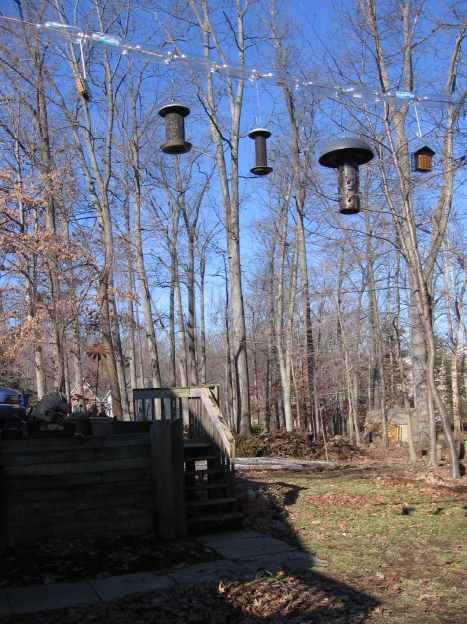When my oldest daughter was about two years old, she would stand, waiting for us to take her on an adventure, tap her toe, and say, “I’m waiting patiently.” That’s how I feel about Spring these days. Winter, such as it has been, has been mostly warmer than usual, but coldest of all the last few weeks, with several episodes of spitting snow. Low temps the last week or so have been at or below freezing.
Several other gardeners have mentioned bulbs blooming much earlier than usual, but I think Spring for me will be only a couple of weeks early. The snowdrops came up last week, two or three weeks earlier than usual and are holding very well, perhaps because the weather has been so cool.
The daffodils are stretching up their buds ever so slo-o-w-ly, with not a hint of color yet. As cold as the nights are, I don’t blame them for huddling under the ground.
I have had time for an absolute flurry of seed planting. My winter sown milk jug count is up to 53 jugs, although three are from last year and may be hopeless cases and four contain recently pricked out babies from last year. This year for winter sowing, I focused mostly on seeds that definitely need a cold period to germinate or hardy annuals that I want to plant out as soon as I reasonably can.
I consciously tried to use less seed after I realized that I have NEVER looked at a pot of seedlings and thought, “Gee, I should have sown that seed more densely.” I sprayed water sparingly rather than submerging because last years jugs stayed far wetter than needed.
I spent an hour or so yesterday pricking out the year old, half inch tall wintergreen seedlings (Gaultheria procumbens ‘Very Berry’.) I didn’t anticipate this much success; there are between 75 and 100 seedlings spread out among four milk jug or pretzel containers. The other tiny babies are Ramonda myconii, a hardy African violet relative.
I’ll keep them in their milk jug greenhouses until they’re big enough to set out, perhaps Fall 2012, perhaps later. I’ll also have to provide some protection for the wintergreen, since SOMEONE has devoured my current wintergreen plant for the second year in a row.
I also planted pepper seeds and tomatoes for containers to plant out in early to mid May, along with a flat of greens to plant out in early March. Hopefully the Chief of Implementation and I can work out lights for the seedlings before they become seedlings! Since I was making a mess anyway, I potted up Pineapple sage (Salvia elegans) and Peppermint Geranium (Pelargonium tomentosum) cuttings that have been slowly rooting for a couple of months. Those are two of my favorite scented plants, and I’m willing to baby them through winter indoors to enjoy big happy plants each summer. Everyone is installed on the new plant shelf assembled by the Chief of Implementation.
When the Nun’s Orchid finishes blooming, I’ll section and pot up the bloom stems hoping to make more babies.
May all your gardens be fruitful, and may today in particular be filled with love!































